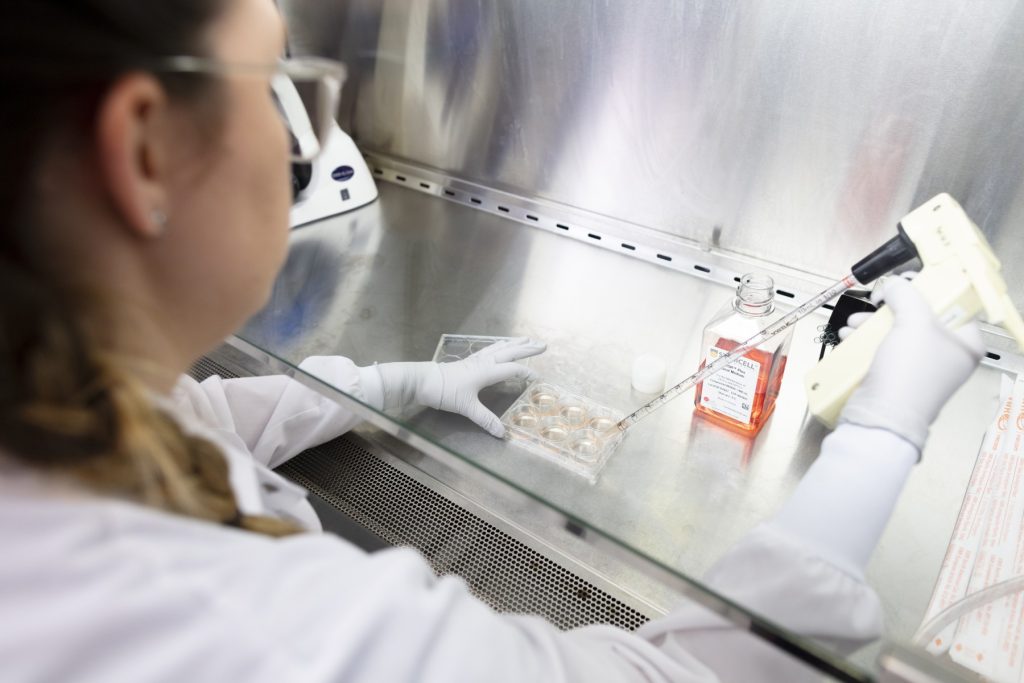Healing Through Innovation – The Regenerative Medicine Research Program
Regenerative medicine is a cutting-edge field of scientific research that holds immense promise for revolutionizing healthcare. The Regenerative Medicine Research Program RMRP stands at the forefront of this innovation, offering hope to patients with conditions once considered incurable. With a focus on tissue engineering, stem cell therapies, and biomaterial development, the RMRP aims to harness the body’s own regenerative potential to heal and restore damaged tissues and organs. In this article, we will explore the key aspects of the RMRP and its potential to transform the future of medicine.
Precision Medicine:
The RMRP emphasizes precision medicine, tailoring treatments to individual patients. By utilizing iPSCs derived from a patient’s own cells, treatments can be customized to match their genetic makeup, reducing the risk of adverse reactions and optimizing therapeutic outcomes. This approach is particularly promising for conditions like heart disease, neurodegenerative disorders, and autoimmune diseases.

Harnessing the Power of Stem Cells:
One of the cornerstones of the RMRP is the use of stem cells. These remarkable cells have the unique ability to develop into various specialized cell types, making them invaluable for repairing damaged tissues. The RMRP is at the forefront of stem cell research, with a primary focus on induced pluripotent stem cells iPSCs. iPSCs are reprogrammed from mature cells, providing a virtually unlimited source of patient-specific stem cells. This approach has the potential to eliminate the risk of immune rejection and make personalized regenerative therapies a reality.
Tissue Engineering and Biomaterials:
Tissue engineering plays a critical role in the RMRP’s efforts to repair or replace damaged organs and tissues. Scientists at RMRP are developing innovative biomaterials that can act as scaffolds for tissue regeneration. These biomaterials mimic the extracellular matrix of the tissue they aim to regenerate, providing a supportive environment for cells to grow and differentiate. With advancements in 3D printing technology, researchers can precisely create and implant these bioengineered tissues, offering a solution to organ shortages and long waiting lists for transplants.
Clinical Applications:
The RMRP’s research has far-reaching implications across various medical specialties. In cardiology, stem cell therapies are being explored for repairing damaged heart tissue after a heart attack. In orthopedics, regenerative treatments are improving the healing of fractures and joint injuries. Neurology is another field where regenerative medicine shows promise, offering potential solutions for patients with Parkinson’s disease, Alzheimer’s disease, and spinal cord injuries.
Overcoming Ethical and Regulatory Challenges:
Regenerative medicine research is not without its challenges. Ethical considerations, regulatory hurdles, and safety concerns have led the RMRP to prioritize rigorous ethical and scientific standards. These standards ensure that research is conducted responsibly, and patients’ well-being is paramount. The UTSA collaborates closely with regulatory authorities to develop safe and effective treatments while staying compliant with evolving regulations.
Public Awareness and Education:
Public awareness and education about regenerative medicine are essential components of the RMRP’s mission. By fostering public understanding and engagement, the program aims to build trust and support for its groundbreaking research. Transparency and outreach efforts help ensure that the benefits of regenerative medicine are accessible to a wide range of patients.
